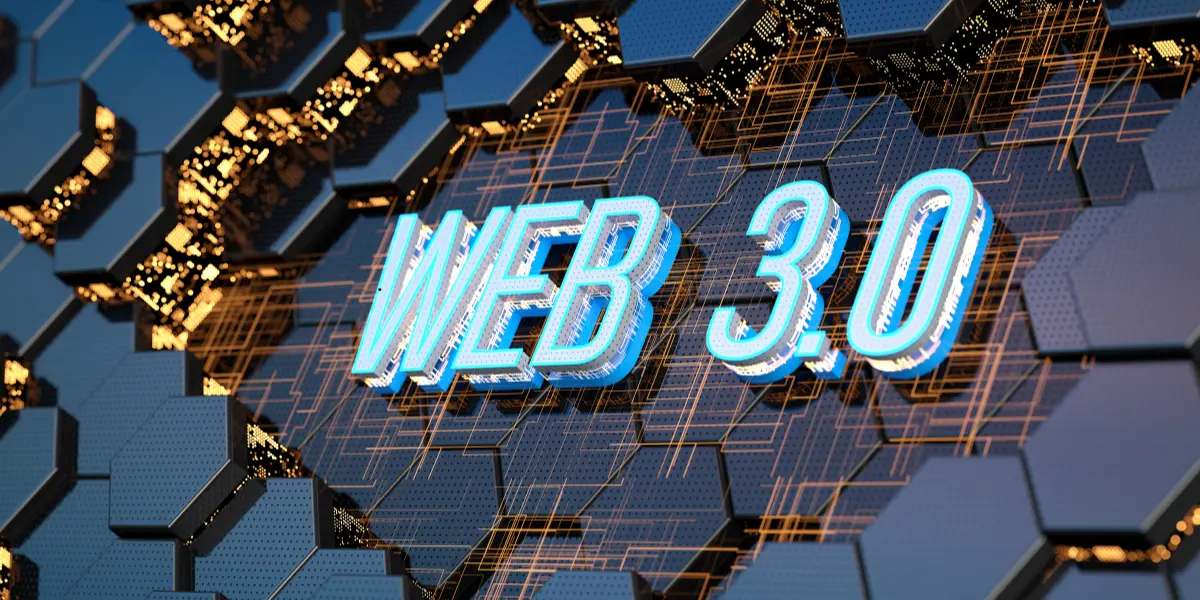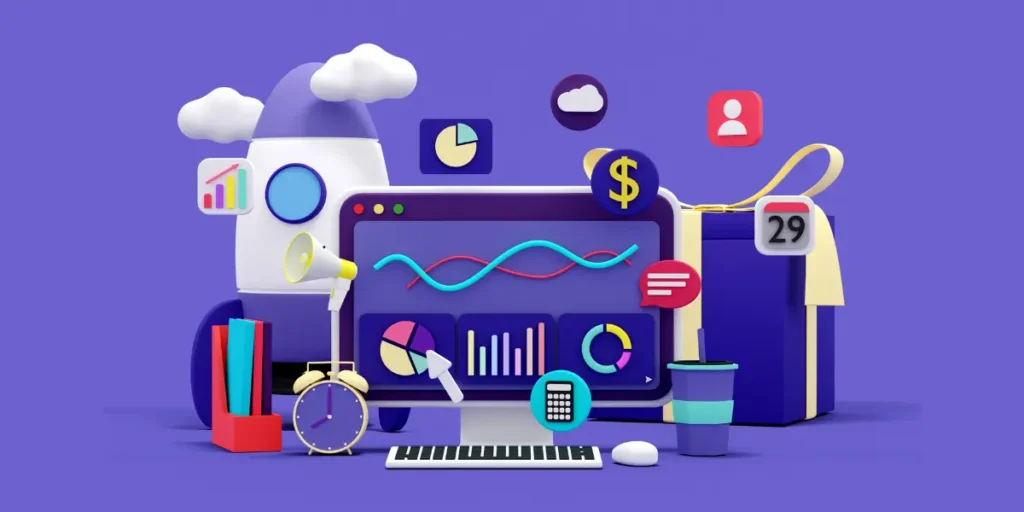
Unlock the Potential of Web3 Tokens Your Guide to the Future
Introduction
Web3 tokens are changing how we use digital assets. They make transactions safe, clear, and quick. This is why they’re popular for both people and businesses. Let’s dive into Web3 tokens and see how they’re shaping the internet’s future. The growth of Web3 tokens is linked to blockchain tech. It offers a safe, open way to handle digital assets. As Web3 tokens become more common, knowing the latest news is key. This knowledge helps us find new ways to grow and work together online.
In this article, we’ll cover the basics of Web3 tokens. We’ll look at their types, uses, and why they matter in today’s fast-changing digital world. We’ll also talk about how blockchain tech helps create and manage digital assets.

Table of Contents
Understanding the Fundamentals of Web3 Tokens
Web3 tokens are based on decentralized finance, creating new financial systems. Studying tokenomics is key to understanding their design, issue, and management. Tokenomics looks at a token’s economy and tech, like supply, demand, and use.
The move from Web2 to Web3 tokens has been big. Web3 tokens bring more security, transparency, and decentralization. They’re used in fast, secure cryptocurrency transactions. The main parts of token architecture are the protocol, smart contracts, and blockchain.
In decentralized finance, Web3 tokens are crucial. They help create new financial tools and systems. Thanks to cryptocurrency and blockchain, we have platforms for lending, borrowing, and trading. As tokenomics grows, we’ll see more Web3 token uses.
Key Characteristics of Web3 Tokens
- Decentralized and secure
- Transparent and auditable
- Programmable and flexible
Learning about Web3 tokens opens doors for innovation and growth in decentralized finance. Whether you’re an investor, developer, or just interested, Web3 tokens offer a lot.
The Revolutionary Impact of Blockchain Technology on Digital Assets
Blockchain technology has changed how we handle and trade digital assets. It makes systems secure, open, and not controlled by one entity. Decentralized systems mean we can trade directly with each other, skipping the middleman. This makes transactions faster and more efficient.
Blockchain has also led to the creation of new digital assets like tokens and coins. These can be used for payments, investments, and even fundraising. The blockchain technology behind them ensures they are safe and clear, appealing to both people and companies.
Blockchain’s impact goes beyond just creating and using digital assets. It also changes how we store and manage them. Decentralized systems keep digital assets safe, lowering the chance of loss or theft. This lets people and businesses handle big amounts of digital assets safely, without needing others to help.
The advantages of blockchain for digital assets are clear. They offer more security, openness, and speed. Blockchain technology also opens up new ways to make money, like token-based fundraising and decentralized finance. As digital assets become more common, blockchain’s role will grow even bigger.
Different Types of Web3 Tokens and Their Uses
Web3 tokens come in many forms. They include utility tokens for accessing services or products, governance tokens for voting in decisions, security tokens for showing asset ownership, and NFTs for unique digital items.
Each type has its own role. For example, utility tokens help with transactions in certain areas. On the other hand, governance tokens let people vote in decentralized groups.
Key Features of Web3 Tokens
- Utility tokens: provide access to services or products
- Governance tokens: enable participation in decision-making
- Security tokens: represent ownership in assets
- NFTs: unique digital assets
Knowing about Web3 tokens is key. This includes security tokens and their rules, and NFTs and their uses. It helps you understand the Web3 world better.
In summary, Web3 tokens like utility tokens, governance tokens, security tokens, and NFTs open up many chances. They help with everything from making deals and voting to showing who owns what and creating unique digital items.
Technical Architecture Behind Web3 Token Creation
Creating tokens involves smart contracts and blockchain development. These parts work together to make and manage Web3 tokens. Smart contracts are key, as they automate tasks like token distribution and governance.
Blockchain development is also key. It gives a safe, decentralized place for tokens to exist. This ensures tokens are secure, open, and can’t be altered.
- Token design and architecture
- Smart contract development and deployment
- Blockchain integration and testing
- Security and auditing
Knowing how Web3 tokens are made helps developers and entrepreneurs. They can build new, safe token systems. Smart contracts and blockchain development help create complex token economies. These can represent many assets and rights.
| Token Creation Layer | Smart Contract Layer | Blockchain Layer |
|---|---|---|
| Token design and architecture | Smart contract development and deployment | Blockchain integration and testing |
| Token distribution and governance | Automated token management | Security and auditing |
Token Economics and Value Proposition
Understanding the economic principles behind Web3 tokens is key to their success. Token economics shapes the value of these tokens. The balance between supply and demand is crucial for their value.
The way tokens are distributed is also vital. A good distribution model ensures fairness and prevents centralization. Token distribution can happen through public sales, airdrops, and community rewards.
Supply and Demand Mechanics
Several factors affect a token’s supply and demand. These include token velocity, user adoption, and market sentiment. A token with high demand and limited supply tends to increase in value. On the other hand, a token with low demand and high supply may decrease in value.
Token Distribution Models
There are different ways to distribute tokens:
- Public sales: Tokens are sold to the public through an initial coin offering (ICO) or a token generation event.
- Airdrops: Tokens are given away for free to many users, aiming to boost adoption and awareness.
- Community rewards: Tokens are given to community members for their contributions, like content creation or bug reporting.
Vesting Schedules and Lock-ups
Vesting schedules and lock-ups help prevent token dumping. They encourage holding tokens for the long term. A vesting schedule releases tokens to team members or investors gradually. Lock-ups prevent tokens from being sold or transferred for a set time.
| Token Distribution Model | Advantages | Disadvantages |
|---|---|---|
| Public Sales | Raises funds, promotes adoption | Regulatory risks, market volatility |
| Airdrops | Promotes awareness, rewards users | Token devaluation, spamming risks |
| Community Rewards | Encourages contributions, promotes engagement | Token inflation, abuse risks |
Security Considerations in the Web3 Token Space
Security is crucial in the world of Web3 tokens. The blockchain’s security measures are key to a token’s success. It’s not just about fighting off hackers and thieves. It’s also about keeping the token’s ecosystem safe and sound.
Here are some important points for token security:
- Smart contract security: Making sure the smart contracts are safe and don’t have bugs.
- Wallet security: Keeping the wallets that hold the tokens safe from unauthorized access.
- Transaction security: Making sure transactions are secure and open to everyone.
Blockchain security is vital for token safety. It uses the blockchain’s decentralized and unchangeable nature to protect tokens.

The safety of a Web3 token depends on these factors. By focusing on security and taking a complete approach, developers and investors can help their tokens thrive in the long run.
| Security Consideration | Description |
|---|---|
| Smart Contract Security | Ensuring that smart contracts are secure and free from vulnerabilities. |
| Wallet Security | Protecting wallets from unauthorized access. |
| Transaction Security | Ensuring that transactions are secure and transparent. |
How to Evaluate Web3 Token Projects
When looking at Web3 token projects, there are important things to check. A good token evaluation looks at the project’s tech, team, and community. It’s key to do a technical analysis of the project’s setup, smart contracts, and how secure it is.
It’s also vital to assess the team. This means checking their experience, skills, and past work. You can do this by looking into their backgrounds, past projects, and social media.
Technical Analysis Framework
- Smart contract review
- Security audit
- Scalability assessment
Team Assessment Criteria
- Experience in blockchain development
- Reputation in the crypto community
- Track record of successful projects
Community and Social Metrics
Looking at a project’s community and social metrics can give you clues about its success. This includes checking its social media, how active the community is, and the overall mood.
Integration of Web3 Tokens in Traditional Industries
Web3 tokens are changing traditional industries in big ways. Token integration makes things more efficient, cuts costs, and opens up new ways to make money. Finance, healthcare, and supply chain management are just a few areas where Web3 tokens are making a difference.
Some major benefits of blockchain adoption in these fields include:
- Improved security and transparency
- Increased efficiency and speed
- Reduced costs and improved scalability
While there are challenges to using Web3 tokens in traditional industries, they can be overcome.
Companies like IBM and Maersk are already using blockchain technology in their work. As more industries adopt Web3 tokens, we’ll see big changes. The future of token integration looks bright, with lots of room for growth and new ideas.
| Industry | Benefits of Web3 Tokens |
|---|---|
| Finance | Improved security, increased efficiency |
| Healthcare | Enhanced patient data management, reduced costs |
| Supply Chain Management | Increased transparency, improved tracking |
Legal and Regulatory Landscape
The legal world of Web3 tokens is complex and always changing. As Web3 tokens become more common, it’s key to know the rules that govern them. The regulatory framework differs by country, with some rules being stricter than others.
Following these rules is vital for the success and legitimacy of Web3 token projects. Compliance requirements include following anti-money laundering (AML) and know-your-customer (KYC) rules. Also, registering with the right regulatory bodies is necessary. Not following these rules can lead to big penalties and harm a project’s reputation.
Global Regulatory Framework
The global rules for Web3 tokens are still being shaped. Many countries are trying to keep up with the fast pace of the industry. Yet, some countries have set clear guidelines for Web3 tokens. For instance:
- The United States has a framework for regulating digital assets, including Web3 tokens.
- The European Union has the Fifth Anti-Money Laundering Directive (AMLD5), which covers digital assets.
- Singapore has a regulatory framework for digital payment tokens, including Web3 tokens.
Compliance Requirements
Following the rules is crucial for Web3 token projects to succeed. This means:
- Registering with the right regulatory bodies
- Following AML and KYC rules
- Using strong security to protect user data

Future Legal Considerations
As Web3 tokens become more popular, the legal landscape will likely change. New challenges and opportunities will arise. Some possible future legal issues include:
| Consideration | Description |
|---|---|
| Increased regulation | As the industry grows, stricter rules on Web3 tokens are likely. |
| International cooperation | There might be a need for countries to work together on Web3 token regulations. |
| Development of new laws | New laws will probably be made as the industry evolves, addressing Web3 token challenges and opportunities. |
The Role of Web3 Tokens in DeFi
Web3 tokens are changing the game in decentralized finance (DeFi). They make it possible to create systems for lending, borrowing, and trading using tokens. DeFi is all about using blockchain instead of traditional finance. Web3 tokens are key to making these decentralized systems work.
Web3 tokens are making finance better by making it safer, clearer, and easier to use. Decentralized finance is now a real thing, thanks to Web3 tokens. Here are some ways Web3 tokens are used in DeFi:
- Decentralized lending platforms
- Token-based trading systems
- Decentralized finance (DeFi) protocols
As DeFi grows, Web3 tokens will become even more vital. They could change the way we think about money.
| Application | Description |
|---|---|
| Decentralized lending | Web3 tokens enable the creation of decentralized lending platforms, providing a more secure and transparent way of lending and borrowing. |
| Token-based trading | Web3 tokens facilitate the development of token-based trading systems, allowing for more efficient and accessible trading. |
| DeFi protocols | Web3 tokens are used to build DeFi protocols, which provide a decentralized and transparent way of conducting financial transactions. |
Future Trends and Innovations in the Web3 Token Ecosystem
The Web3 token world is always changing, with new future trends popping up daily. As tech gets better, we’ll see more cool ways to use Web3 tokens. This change is thanks to new technological advancements, like better scalability and security.
New emerging use cases for Web3 tokens are on the horizon. We’re talking about things like DeFi apps, NFTs, and gaming. These areas will help Web3 tokens become more popular. As more people use them, we’ll see even more market predictions, like Web3 tokens in old-school industries.
Emerging Use Cases
- Decentralized finance (DeFi) applications
- Non-fungible tokens (NFTs)
- Gaming
Technological Advancements
New tech, like better scalability and security, is making Web3 tokens better. These upgrades will help the ecosystem grow and attract more users.
Market Predictions
As Web3 tokens become more popular, we’ll see new market ideas. Expect to see Web3 tokens in finance and healthcare, among other areas.
Conclusion: Embracing the Web3 Token Revolution
The rise of Web3 tokens is changing the digital world. It’s thanks to blockchain technology. These digital assets are changing how we deal with value online.
Learning about Web3 tokens opens up new opportunities. They can change finance and many other areas. The Web3 token revolution could make things more open and fair.
We need to understand the rules and keep things safe. We should also keep up with new ideas. This way, we can make the most of Web3 tokens and improve our digital lives.
The time for Web3 tokens is now. By getting to know them, we can lead the way in this digital change. Let’s make the future better, one Web3 token at a time.
FAQ
What are Web3 tokens?
Web3 tokens are digital assets on blockchain technology. They help create new apps and services. This marks a shift to a more user-focused Web3 world.
How do Web3 tokens differ from traditional cryptocurrencies?
Web3 tokens are more flexible than traditional cryptocurrencies. They can be many things, like utility or security tokens. They open up new ways to use digital assets.
What are the core components of Web3 token architecture?
Web3 token architecture includes blockchain, smart contracts, and how tokens are made and shared. It also covers the rules that govern their value and supply.
How do Web3 tokens leverage blockchain technology?
Web3 tokens use blockchain for secure, open systems. This tech ensures digital assets are safe and trustworthy. It makes token systems reliable and tamper-proof.
What are the different types of Web3 tokens and their use cases?
There are several types of Web3 tokens. Utility tokens give access to services. Governance tokens let people vote in organizations. Security tokens represent financial assets. Non-fungible tokens (NFTs) are for unique digital items.
What are the key considerations in evaluating Web3 token projects?
When looking at Web3 token projects, consider the tech, team, and community. Also, the token’s purpose, economic model, and future plans are important.
How are Web3 tokens being integrated into traditional industries?
Web3 tokens are changing finance, supply chains, real estate, and media. They bring new, decentralized solutions. This is leading to innovation and change in these fields.
What is the legal and regulatory landscape for Web3 tokens?
The rules for Web3 tokens are still being figured out. Laws vary by place. Projects must follow rules on tokens, money, and protecting users.
What is the role of Web3 tokens in decentralized finance (DeFi)?
Web3 tokens are key in DeFi. They help create systems for lending, borrowing, and trading. DeFi uses Web3 tokens to offer new financial services.
What are the emerging trends and innovations in the Web3 token ecosystem?
New things in Web3 tokens include better token models and connections with the metaverse. There’s also more use of Web3 tokens in real-world industries. Decentralized organizations and new tech are also growing.



This article provides a clear and insightful overview of Web3 tokens and their transformative role in the digital landscape. The explanations of different token types and their applications in decentralized finance are particularly enlightening. A must-read for anyone interested in the future of digital assets.
Signed up with betpontobetafiliado! The referral program seems quite enticing. Time to bring my buddies and share the wins! Check it out: betpontobetafiliado